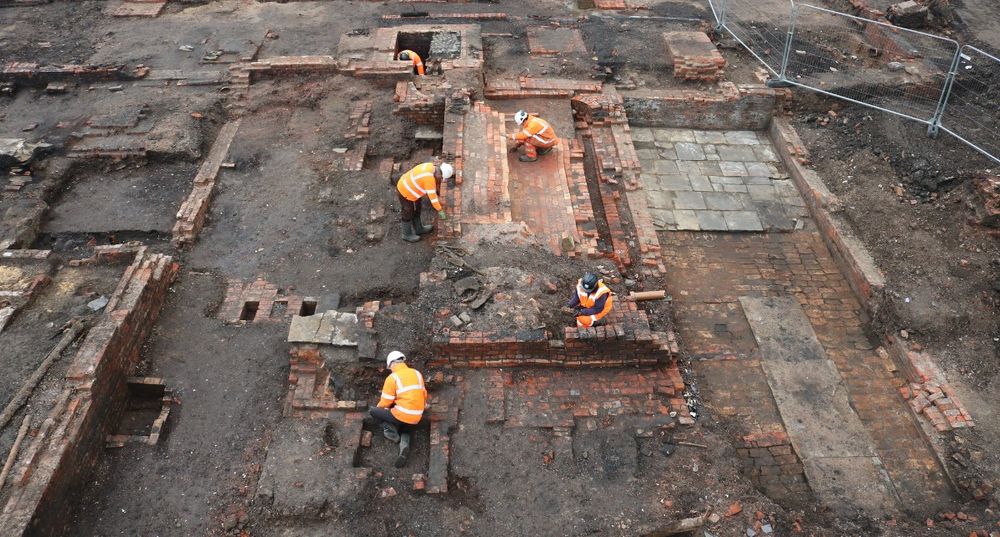
Cura Terrae
@curaterrae.bsky.social
6 followers
15 following
31 posts
A leading multi-disciplinary environmental services and consultancy provider.
Posts
Media
Videos
Starter Packs
Cura Terrae
@curaterrae.bsky.social
· Mar 28
Cura Terrae
@curaterrae.bsky.social
· Mar 28
Cura Terrae
@curaterrae.bsky.social
· Mar 19
Cura Terrae
@curaterrae.bsky.social
· Mar 19
Cura Terrae
@curaterrae.bsky.social
· Mar 11
Cura Terrae
@curaterrae.bsky.social
· Mar 11
Cura Terrae
@curaterrae.bsky.social
· Mar 11
Cura Terrae
@curaterrae.bsky.social
· Mar 6
Cura Terrae
@curaterrae.bsky.social
· Mar 6
Cura Terrae
@curaterrae.bsky.social
· Feb 19
Cura Terrae
@curaterrae.bsky.social
· Feb 19










